Researchers have built a better picture of how complex molecules developed in the early Universe before becoming essential for life.


Researchers have built a better picture of how complex molecules developed in the early Universe before becoming essential for life.
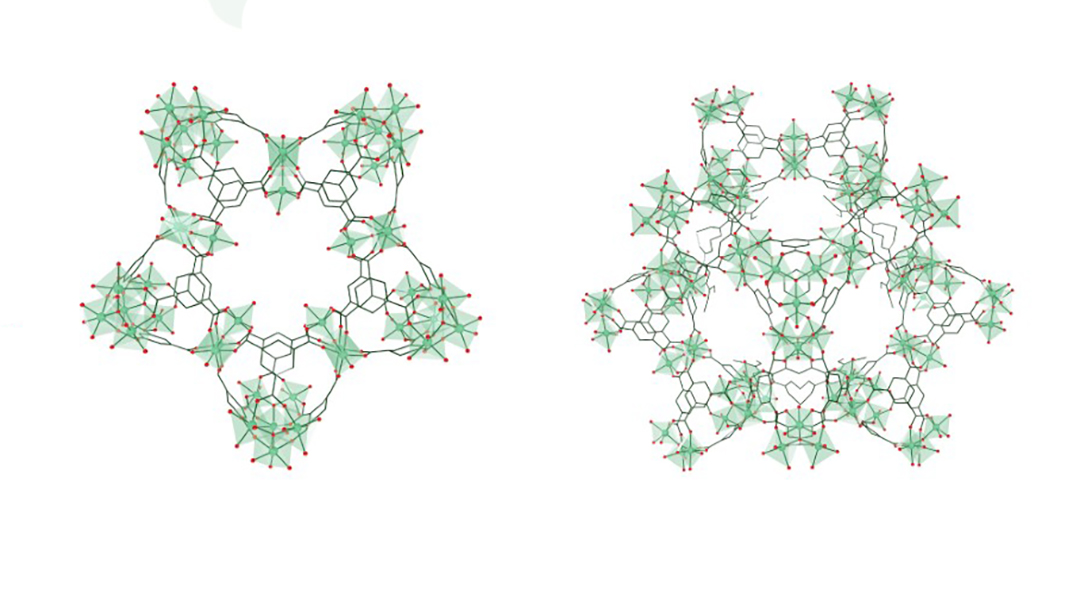
A new material converts NOx environmental pollutants into harmless byproducts without the need for any heat.
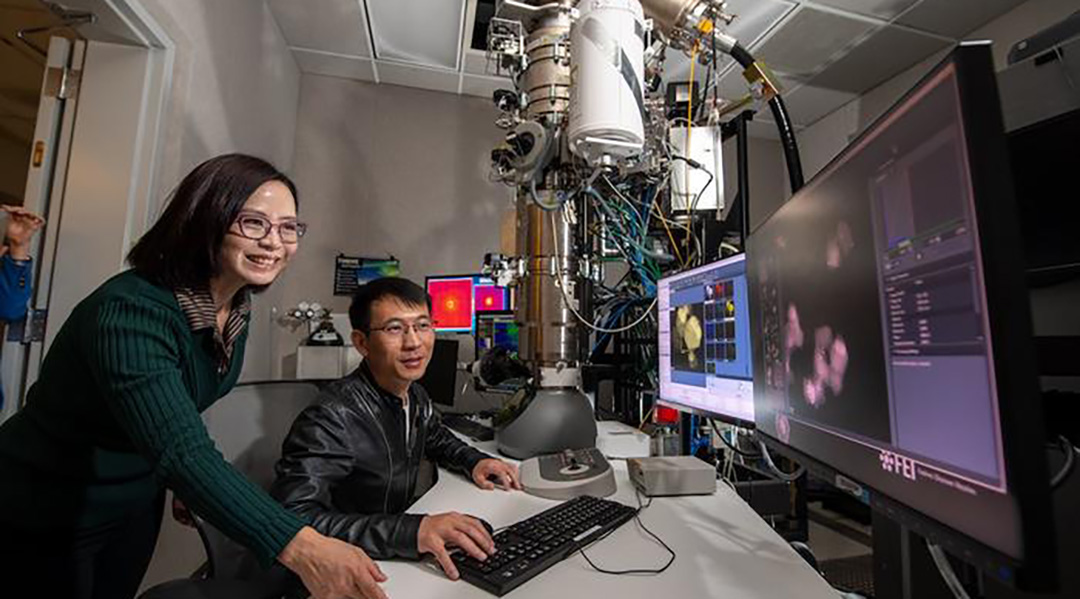
New technology allows researchers to study electrochemical processes at the atomic level with new insights into a widely used catalyst.
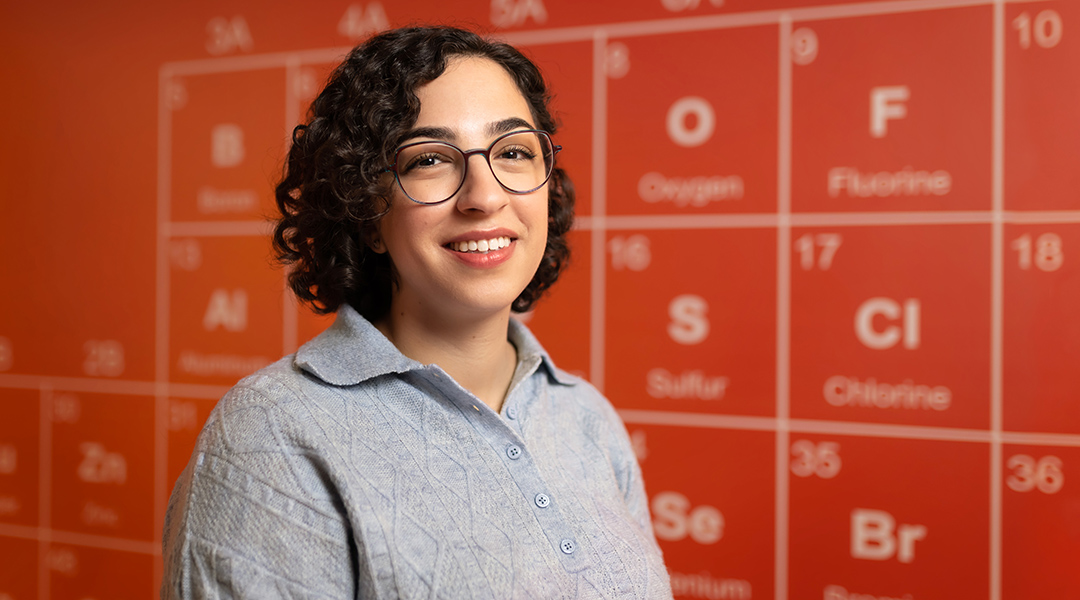
Chemist Shira Joudan discusses environmental contaminants, setting up at a new university, and building a supportive community.
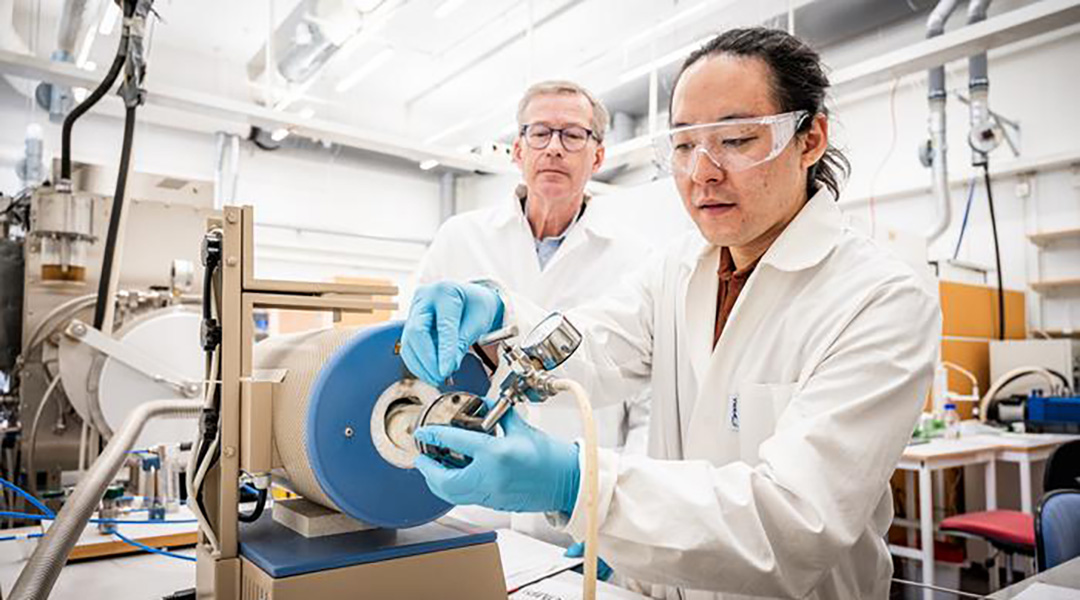
Scientists have managed to create sheets of gold only a single atom thick using a hundred-year-old Japanese smithing method.

Pre-activation of plastics with fluorine-containing molecules disrupts their stability, making them easier to break down and upcycle.

The active structure of an oral macrocyclic drug has eluded scientists for years despite its widespread clinical use—that is, until now.
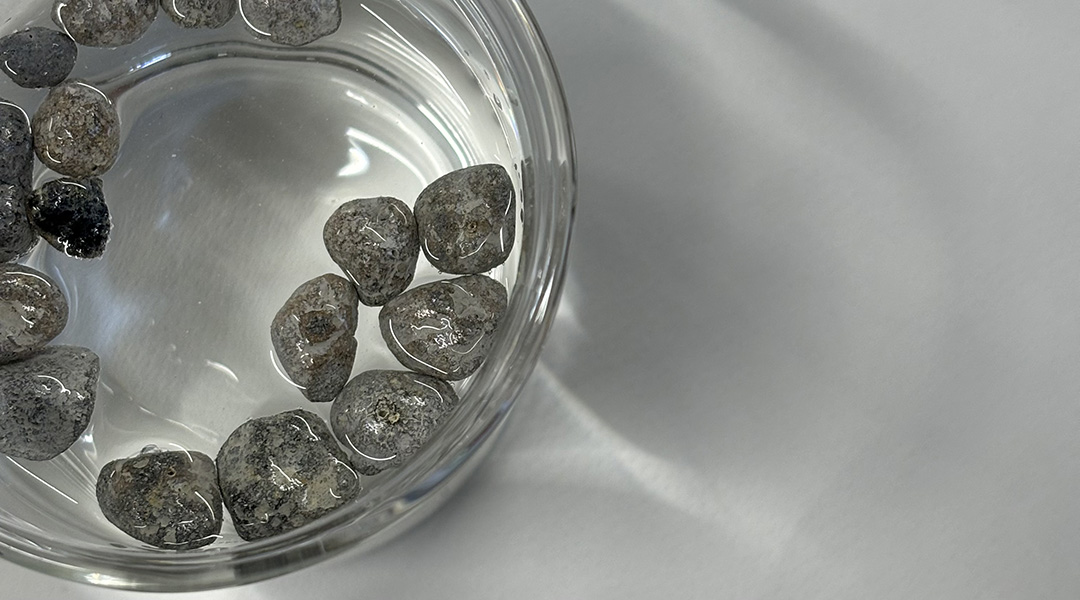
Sunlight-activated floating photocatalysts offer accessible water purification, vital for remote regions and developing communities.

Polymer chemist Athina Anastasaki talks about establishing her career, inroads into polymer recycling, and resilience in academia.

The new material rapidly transports lithium ions through its structure and could help make rechargeable lithium-ion batteries safer and more efficient.